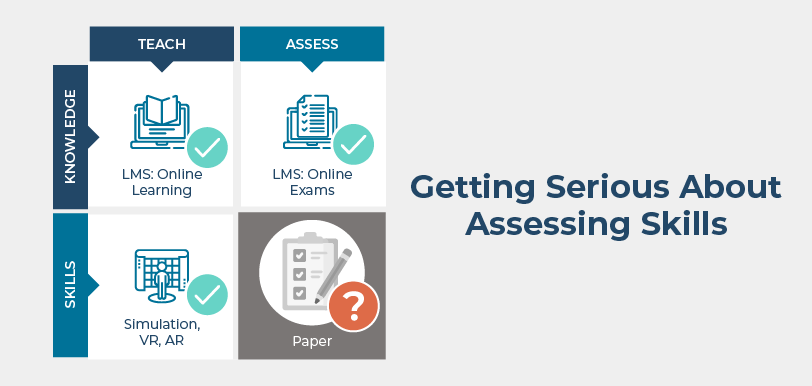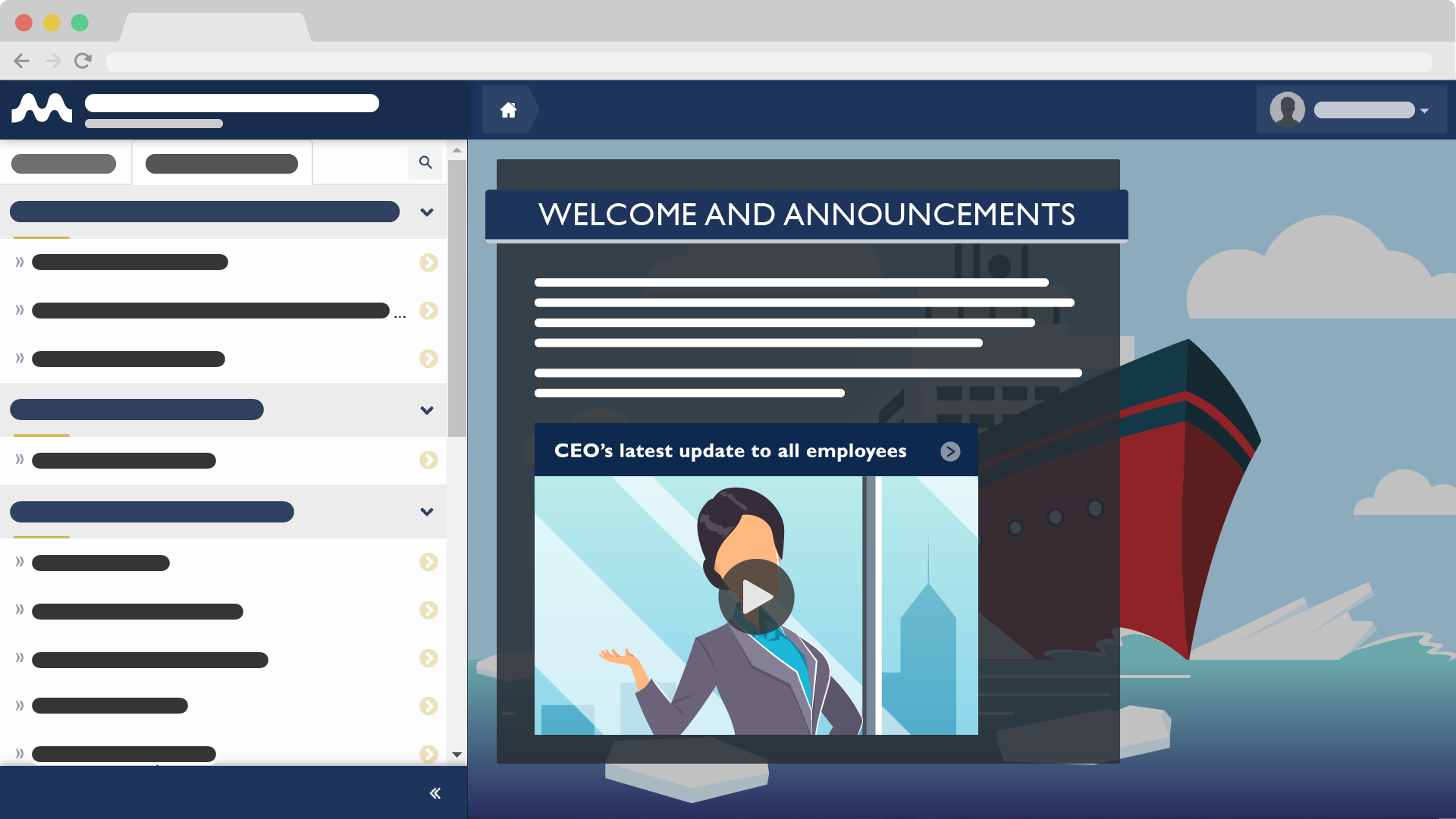Improving Safety Culture and Training: Lessons Learned
Aug 10, 2016 Murray Goldberg 0 maritime safety, Maritime TrainingIntroduction
This is a continuation of a blog post written last year on what maritime organizations can do to improve training and organizational culture without having a large budget to devote to the task. I used as an example a small organization of 100 employees which felt as though their training program required attention and decided to do something about it.
This post goes over two lessons learned from the experience of working with this company (and others) over the years while they made the transformation to an outstanding training organization.
Motivation
It is important to note that this company’s training program was not failing in any emergent way. Instead they came to the gradual realization that, like many organizations, they were doing just the bare minimum. Bad practices were becoming more common throughout the company and their days lost due to accidents were slowly rising. There also seemed to be an gradual erosion of company culture and employee attitude.
The owner of the company was being kept up at night by the belief that sooner or later their lack of attention to training was going to catch up with them in an expensive or tragic way. And although they did not have any additional budget to devote to training, he felt that with just a little effort and planning they could do much better within their current budget.
In fact, the time and effort devoted to training for this company resulted in so many positive benefits in terms of culture, performance, union/management relationship and employee retention and safety, that the process was considered a huge net benefit.
What Did They Do?
The full story of the process they undertook can be found in my previous article. However, as a quick recap the company laid out the following goals at the outset:
- The formulation of a basic “plan of attack” for training in the company.
- Determine how the plan would be managed: when to review it, who had ownership of it, etc.
- Define the infrastructure needed for long term success. For them, the infrastructure meant choosing a learning management system to deliver their new training initiatives.
- Define one short-term meaningful project to launch their training initiative. The goal was to test their plan, test their new training infrastructure, gain experience, begin the process of employee engagement, and have one visible success to help develop momentum. The project was to use eLearning to deliver, manage and measure their new hire training (which is how I got involved).
The Elements of Success
It turns out that the particular plan of action initiated by the company was a highly successful one. There are many lessons to take from their experience – one which I have now seen repeated many times – always with success. Let’s look at some of the lessons that can be derived from their intelligent choices.
1. Get Started Now – Don’t Wait for the Perfect Plan
There is no greater impediment to success than the feeling that we should not do anything until we are able to do it perfectly. It is important to realize that there is simply no way to know all the answers before we begin. Even if we did know all the answers, an organization and environment is never static. So, although it makes sense to do initial planning and homework, we need to accept that there is not perfect plan and that the rest of the answers will come over time.
Doing so has two valuable benefits:
- It makes it much easier to get the plan off the ground. If we spend too much time trying to perfect the plan first, not only will we get much of it wrong anyhow, but there is the real danger that delays, disagreements and planning fatigue will end up making it so the plan is never launched.
- By “prematurely optimizing” your plan we’ll be making a lot of decisions based more on our intuition rather than actual experience. Many decisions will need to be changed as we gain experience. It is inevitable and healthy to continually revisit and refine our plan – so we should not get tripped up trying to determine every last detail of what we are going to do. Perfection can only come with time.
Note that I am not advocating the idea that we should get started with little or no planning. All I am saying is that we should only be making decisions which are actually required in the short term, and for which we have a good basis of knowledge to be making. Keep it simple.
2. Make Sure That Continuous Improvement is Central
Linked with the comment above is the requirement to revisit and refine the plan at regular intervals. The plan can never be a static document. Instead, it is a living thing that is always updated to reflect new knowledge, new goals, and the new realities that affect the company.
As we gain experience as to what works and what does not, we need a way to reflect that new knowledge in the plan. If we decide to update the plan whenever appropriate, with no schedule set, then it won’t get done. This is one of the surest ways to kill an otherwise great training initiative.
Instead, it is important to define, from the very beginning, when the plan is to be reviewed and who will be involved in that review. This sets a meeting date and creates an expectation. Most organizations use a one-year continuous improvement cycle – meaning that every year they review their training performance and make changes to the plan to improve it.
A nice benefit of continuous improvement is that it requires a bit of an analysis/measurement of how things are going. This necessarily involves doing things like distributing questionnaires or getting feedback in other forms.
In addition, the process of refining the plan typically involves people from various parts of the company. This means that continuous improvement is a visible exercise: this demonstrates to all employees that training is important and that good performance is valued in the company.
If any of this sounds complicated, it is not. As above, the details can be worked out and refined over time. At the outset, the critical part is simply indicating in the initial plan that continuous improvement is central, and that it will be performed on specific dates. You can then assemble a small committee to learn a bit about what continuous improvement is and task them to write some initial guidelines (which will themselves be refined over time). Again – keep it simple.
Next Lessons
The next blog post will cover other lessons learned from my interaction with this (and other) companies. These will include plan ownership, employee involvement, project visibility, training infrastructure, and others. If you would like to be notified of when it’ll come out, and have not already done so, please subscribe below to receive e-mail notifications of future maritime training articles.
Until then – thanks for reading and have a wonderful day!
Follow this Blog!
Receive email notifications whenever a new maritime training article is posted. Enter your email address below:
Interested in Marine Learning Systems?
Contact us here to learn how you can upgrade your training delivery and management process to achieve superior safety and crew performance.






